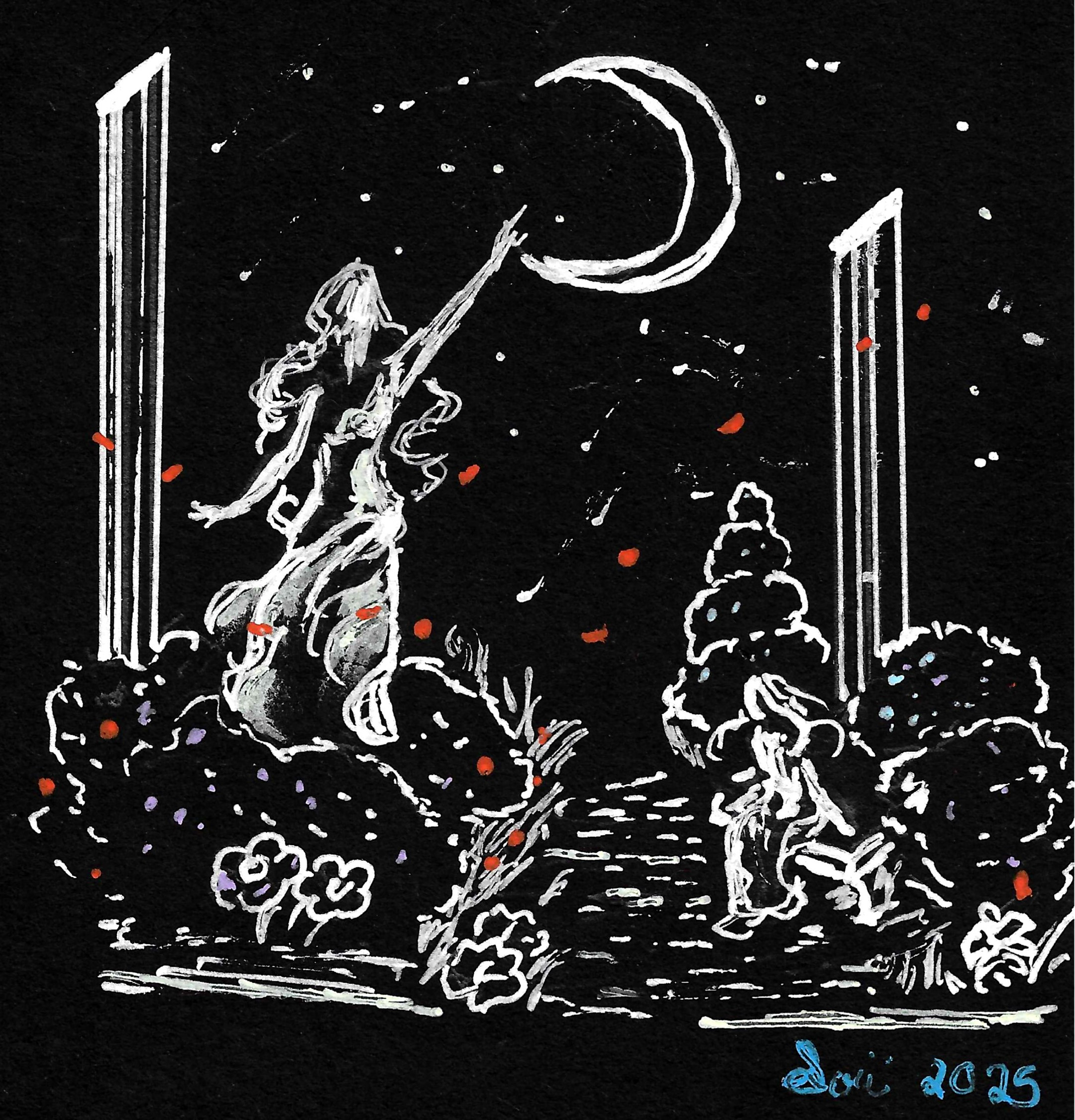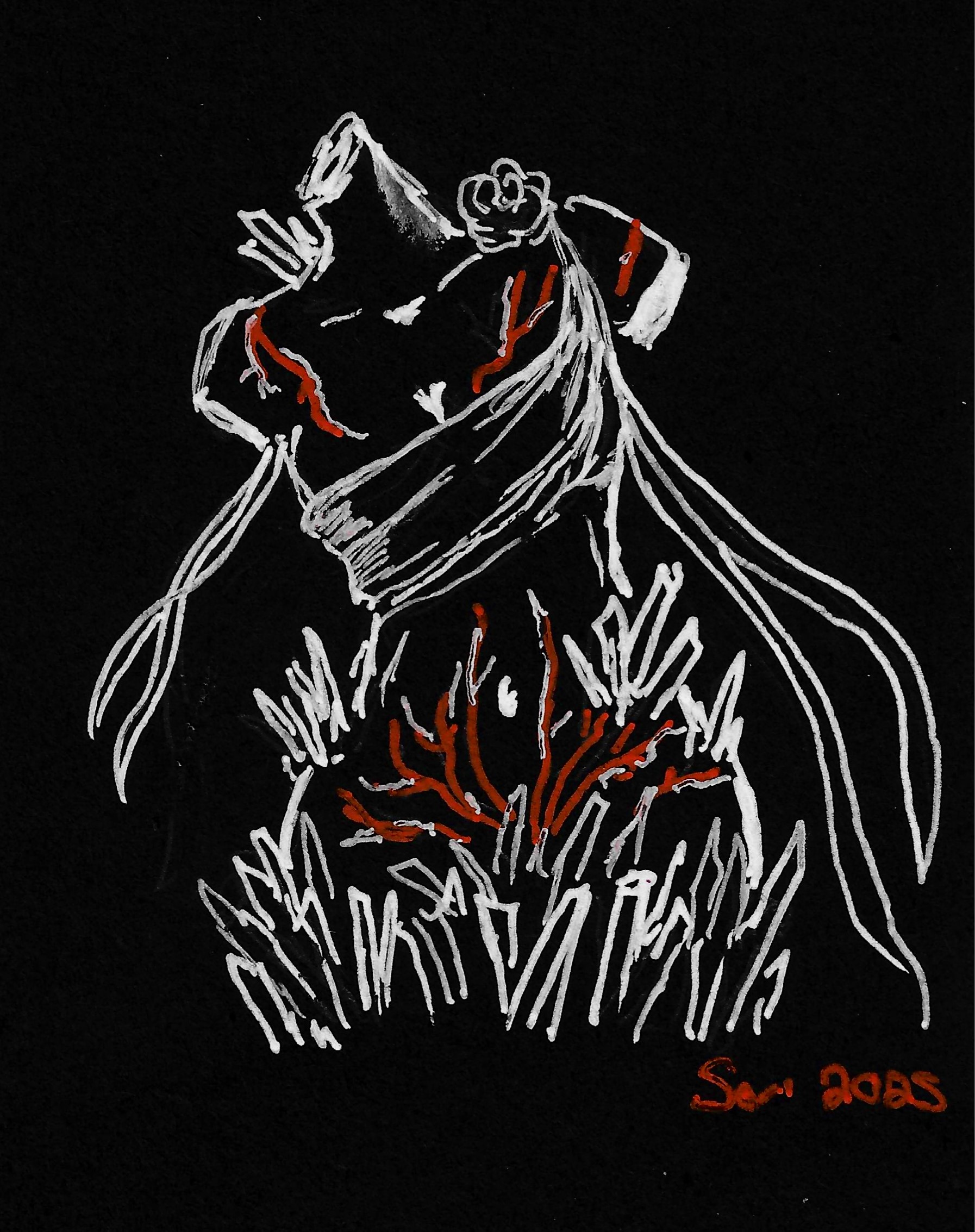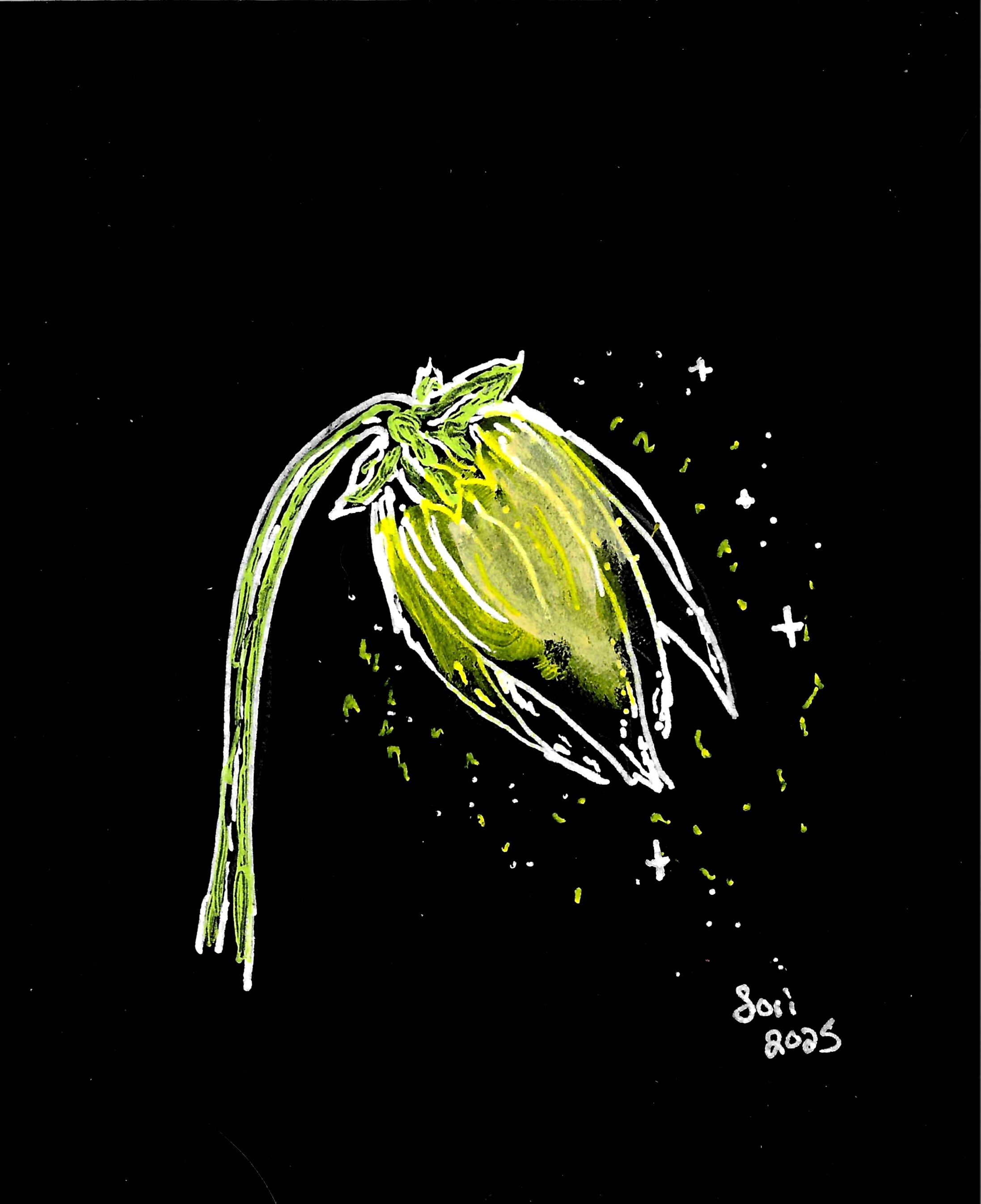The Hollowing
They call it the Hollowing. The Quiet Bloom. The Silence. It is no curse, no punishment — only a mystery that winds its way through women’s blood like a forgotten song. It does not strike with thunder, but slips in softly, rooting deep where no one can see. It cannot be stopped. It cannot be predicted. And those it touches... simply endure.~ Demerille, Priestess of Ygharis
Transmission
This affliction is not contagious and cannot be spread by any known means. Some say it runs in the blood — ancient and quiet — sleeping until the moment it stirs. Others believe it awakens in young women and steals their fertility like a thief in the night. Healers argue over its origins: some whisper it is the curse of a forgotten, furious goddess; others insist it is the result of tainted magic, twisted long ago and left to fester.
Causes
There is no known cause for the Hollowing. It drifts in like a shadow — silent, unseen, and irreversible, choosing without pattern, showing no mercy. It does not favor one class, bloodline, or creed — it simply arrives. Women from every corner of the world have felt its grip, often just as their cycles first begin. One moment, they are whole; the next, something inside them goes quiet. A rhythm falters. A seed does not take. And so begins the long, uncertain silence..
Symptoms
The symptoms of the Hollowing vary from woman to woman, as if the affliction reshapes itself for each soul it touches. Some bleed irregularly, their cycles skipping months like stones across still water. Others are wracked with searing cramps that twist through the belly like fire. For some, the bleeding comes heavy and unrelenting, as though the body mourns something it cannot name. There are whispers of thinning hair and fertility stolen in silence. Many speak of cravings they cannot resist, bodies that change without cause — weight gained as if the flesh rebels. Fatigue clings like a second skin, heavy and inescapable. Some cannot sleep, or else wake unrested, haunted by unease. A fog settles over the mind — thoughts slipping, words lost, focus scattered like ash in the wind. Anxiety coils tight beneath the ribs, quiet but relentless. No two bear it the same. Some experience only a few of these signs, others many, and none know why. Most endure quietly, hiding their pain beneath forced smiles, doing what they must to carry on in a world that does not see them.
Treatment
The prognosis of the Hollowing is as uncertain as its cause. For some, the affliction remains a quiet companion — troublesome but manageable. For others, it grows louder with time, its symptoms compounding until daily life becomes a quiet war. It does not always worsen, nor does it always relent. A few experience long stretches of calm, even years where their cycles return to rhythm, their strength restored — only for the silence to rise again without warning. While fertility is not always lost, it is often fragile, elusive. Some women bear children, others never do. The Hollowing does not kill, but it can hollow out more than just the body — it gnaws at spirit, at hope. And yet, those who live with it are often among the most enduring, their strength forged in shadows the world rarely sees.
Legacy
For those who live with the Hollowing, the passage of time brings changes not only to the body but to the life shaped around it. Some women find their symptoms fade into the background, a dull ache instead of a storm — yet even this peace is uneasy, always shadowed by the fear of return. Others are left with permanent changes: cycles that never return, fatigue that never lifts, hair that never regrows. The body adapts, but not always gently. Emotionally, the long silence leaves marks harder to name. Many women speak of grief — not just for children never borne, but for a self they can no longer become. Relationships strain under the weight of the unknown. In some cultures, the Hollowed are pitied; in others, quietly set aside — no longer seen as full women, as though fertility were the only measure of worth. Some choose solitude, guarding their hearts. Others seek connection and build families in new ways — through adoption, kinship, or mentorship. The Hollowing also leaves a legacy. Daughters of the afflicted often grow up in fear, watching their mothers for signs, dreading the day the silence might settle on them too. And yet, there is resilience. Whole communities have formed in quiet corners of the world — circles of Hollowed women who share remedies, stories, and strength. What was once borne alone becomes, in time, a sisterhood. Though the affliction does not kill, its echoes can reshape a life. But those who walk with it long learn to carry both the ache and the hope — not cured, but not conquered either.
Prevention
Epidemiology
The Hollowing strikes without discretion, as random and cruel as death itself. It does not favor the young or the old, the strong or the fragile. It comes in the prime of life, often when a woman is most vibrant, and steals from her without warning. Some say it is as if the disease has a mind of its own, choosing who it will touch, regardless of station or circumstance. No woman is spared, and no one knows why. It strikes unpredictably, without mercy, and leaves behind a silence that lingers far longer than the body’s physical suffering.
History
The Hollowing has no known beginning. Old texts speak of “the Quiet Womb” or “the Dimming,” and carved tablets in the Temple of Thorns depict women with empty eyes and vines coiled around their middles — some scholars believe this to be the earliest record. Midwives in the north say it was once called Wife's Winter, and in some coastal cultures, songs are sung to warn the young not to "wake the Silence."














Harrowing stuff, love it.
Thank you very much.